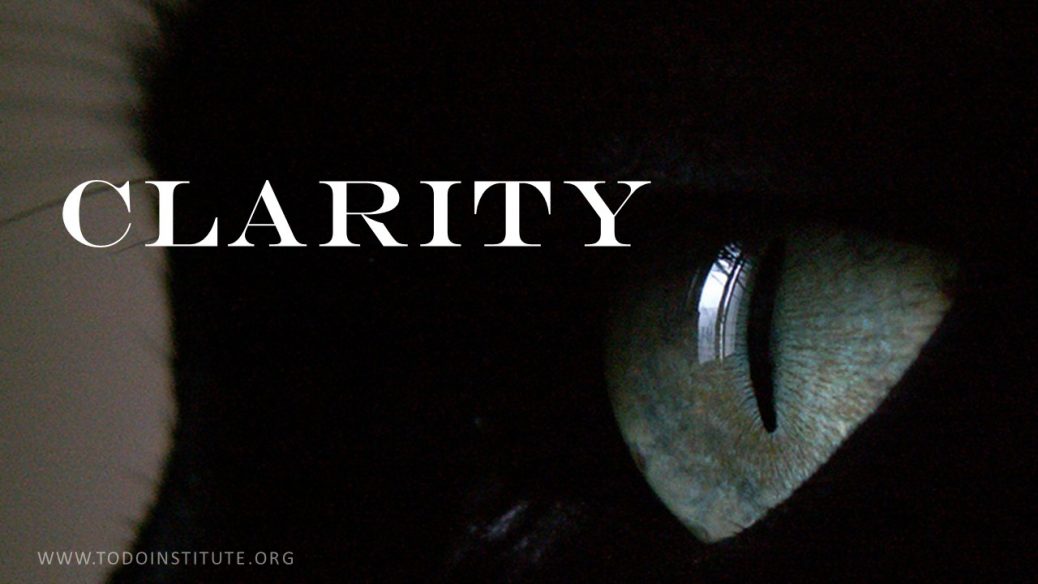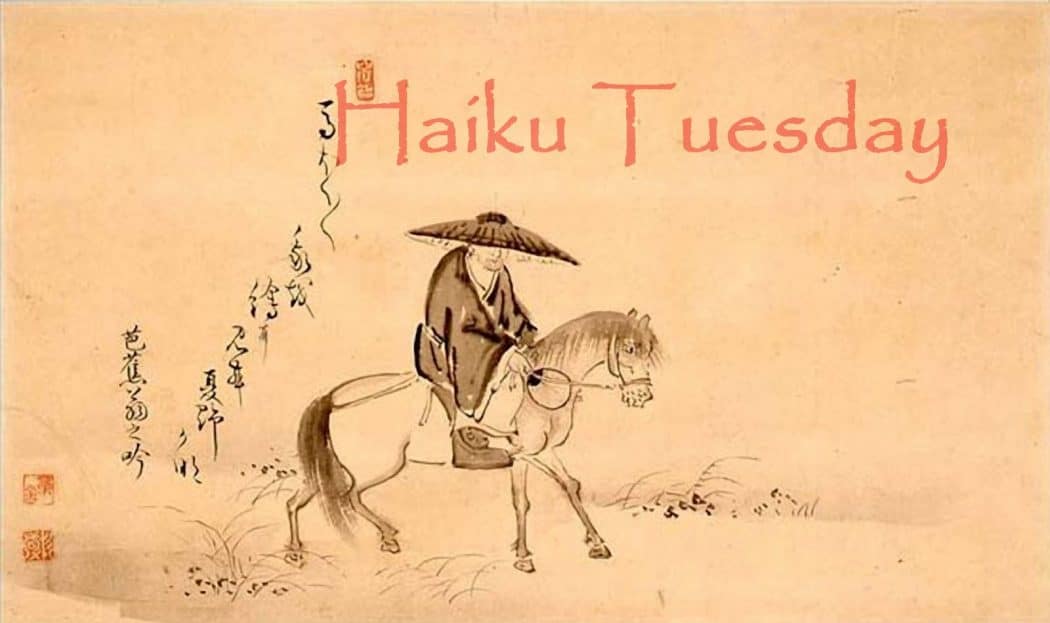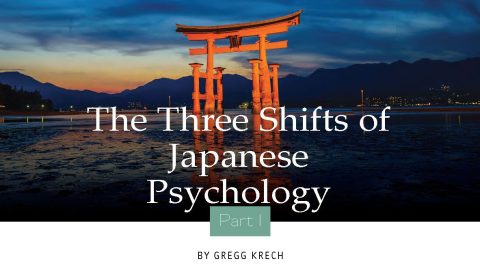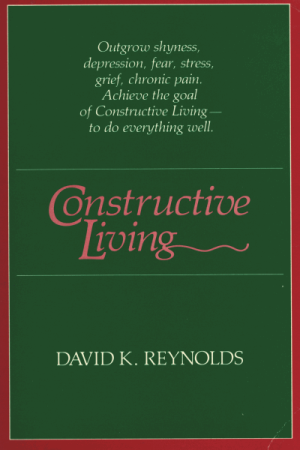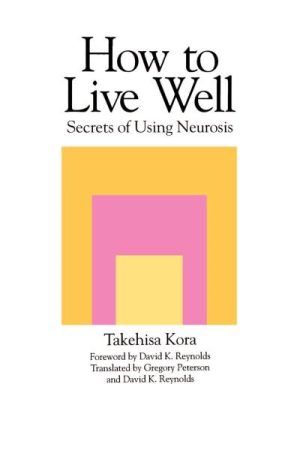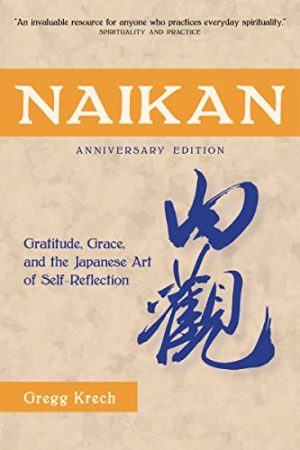When I began work on my book, The Art of Taking Action: Lessons from Japanese Psychology, I had a meeting with my assistant editor and my wife (also my editor) to discuss a “vision” for this book. I didn’t want to just write another book on getting things done. I didn’t want a book filled with systems for making lists and designating priorities. My vision was for a book that would draw on Eastern wisdom and would be both inspirational and practical. Something that would be a collage of quotes, anecdotes, essays and more. Just one hour of reflecting, brainstorming and talking with others helped me to envision what this book should look like. It’s easier to work towards something that has a clear vision attached to it. It’s easier to stay on track.
But you can’t force a clear vision. Sometimes it emerges, and sometimes it doesn’t. Maybe you have a general idea of something you want to do. Maybe it’s a change of jobs, or some kind of volunteer work. Maybe you want to do something creative, but you’re not sure what. Maybe you want your family to have a “nature experience” but you don’t know what that means or what it would involve. So clarity isn’t really available to you. What should you do?
Go ahead and get started anyway. Get started without clarity. Take some small steps. Investigate, research, look into possibilities, check things out, talk to people, and, if at all possible, try something out in real life. Be like a cook who needs to make a stew, but doesn’t know what she’s trying to make. Just start cooking and tasting, cooking and tasting. Add a little more pepper, or a few more carrots. “OK, this isn’t quite what I was looking for. What can I add to make it different?”
Worst case scenario – throw it into the compost and start over. Be willing to fail. Be willing to learn.
The problem is most of us associate figuring things out with thinking. We imagine Einstein at his blackboard, spending days writing complex equations. This may work for you if you’re a physicist or mathematician. But in real life, it just keeps us stuck. It keeps us from moving forward and taking action.
Action isn’t something that comes after figuring things out.
Action is a way of figuring things out.
So be as clear as you can be and take the next step. Or be confused and take the next step. Even if you have clarity, eventually you’ll run into something that completely confuses you. Life is confusing. Don’t let that bother you.
In the Taking Action course that I teach online, the first step is to select something you want to work on. Something that requires “action.” Do you have a project that’s been sitting in the back of your mind for a while, but has never seen the light of day? Learn more about the Taking Action program HERE. This month-long program provides structured exercises and support, inspiration, and camaraderie from fellow-participants from around the world.
Gregg Krech is the author of 5 books about Japanese Psychology, including The Art of Taking Action, an Amazon best-seller. Gregg has been practicing and teaching Japanese Psychology for over 30 years.

